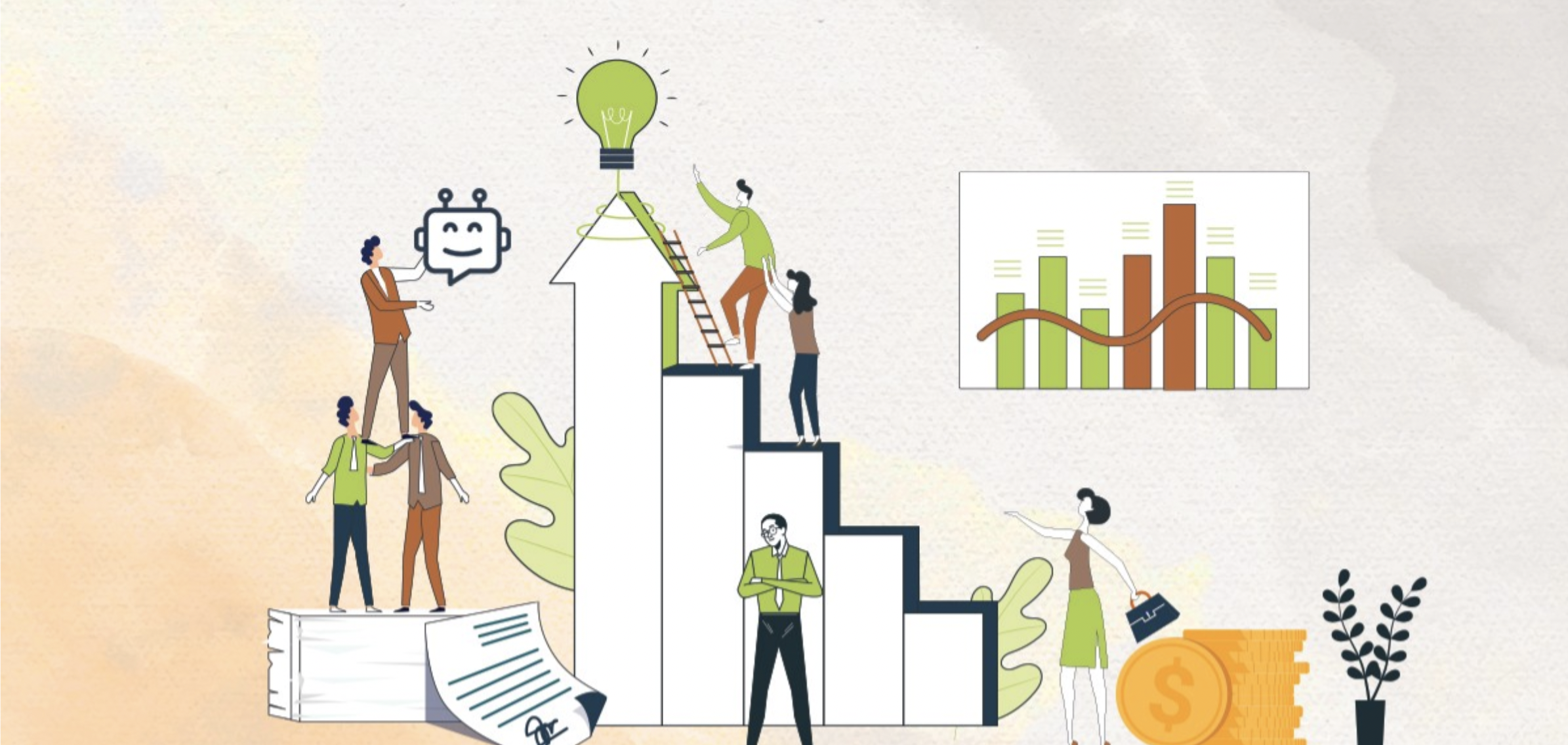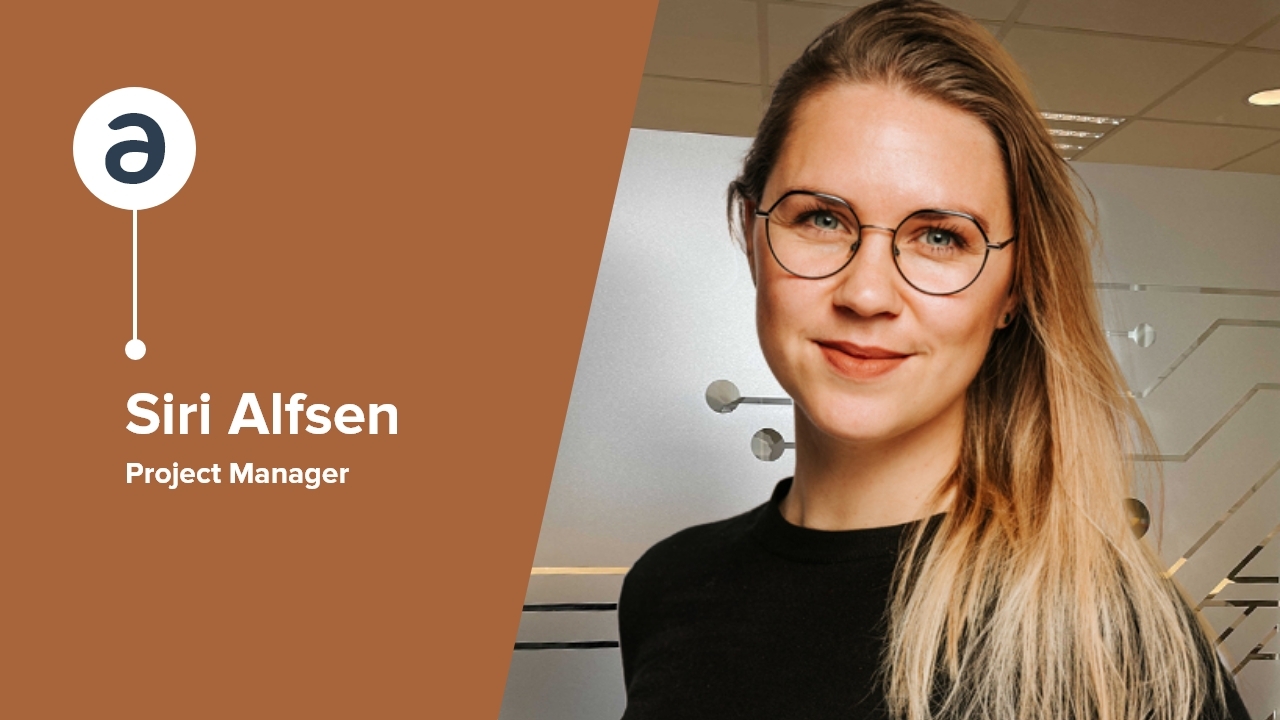We live in a world, where it doesn’t matter if you have a good idea; business ideas are a dime a dozen. What matters is can you execute it well and launch it in the market before your competitor does. The world is so that the first movers get a lot of advantages in every sector. The catalyst in the idea to business reality is ‘execution’.
It is often forgotten that one needs to set up an effective execution process that can help them achieve a streamlined workflow, quick consensus, as well as help in taking quick decisions.

This article focuses on a way to execute through an effective process. This process is ‘Agile’.
The best process for a startup is one which allows for quick decisions, streamlined workflow, and consensus on how things should be done. As the business scales, it would also be convenient to have a process that can easily be reproduced for each new team. This allows for consistent execution with predictable results. At which point, translating goals into results simply becomes a logistical issue. Planning when to tackle different problems, lay out feature timelines, and expanding the team.
What happens when you dive into agile is that it centers your attention to the user. While developing an app or a service, the focus from coding or designing the interface, shifts to offering real value to the consumers as well as stakeholders and business.
Agile User Stories are an essential component of this ideology that lets you define what benefits your product will bring to your target audience (and, eventually, how it will boost your KPIs and other metrics).
As active agile followers, Akeo uses the process to get an extensive understanding; including the benefits the client’s product will deliver to the end user. This helps us in better product development and adding creativity to the product leading to remarkable development solutions.
What is a User Story?
A core component in the Agile Methodology, User Stories are often jumbled with software requirements which isn’t true.
User story is often summed up in one line and generally is written in manner to add some value to the end user. A user story often can be delivered in a sprint.
The actual aim of the user story is to bring the end-user in the center of the conversation and define the product’s functionality from their perspective. This way, the coders responsible for developing the product get a better understanding of what they are doing and for whom.
For e.g. while defining user stories for a food application, they can be written as:
- As a restaurant, I want to extend the customer reach beyond my location.
- As a customer, I want to link a credit card to my profile so that I can pay for the food delivered.
- As a restaurant, I want to be able to add photos of cuisines so that I can attract more customers.
- As a restaurant, I want delivery agents to be available so that the end user gets the ordered food.

Note: To make this your own, press make a copy under the file menu
Great User Stories always fit the INVEST set of criteria introduced by Bill Wake:
- Independent – Each user story needs to be independent, so that a change in one user story doesn’t affect the others.
- Negotiable – The development team is free to decide which user story to implement first. This way the workflow remains flexible.
- Valuable – Every user story adds an individualistic value to the end-user.
- Estimable – With each distinguishable user story development, it is easy to determine the time estimations for development.
- Small – Within one spirit, as a user-story is small, it can easily go through the entire cycle – designing, coding, as well as testing.
- Testable – Agile offers to define some acceptance criteria to check whether or not a user story is implemented appropriately.
The User Story format (which is used by the Akeo as well) is quite plain and short:
As a [type of user], I want [an action] so that [a benefit/a value]
We suggest that once you start working on your idea, it will be great to list tasks as user stories. Moreover, you can also create an ‘Epic’ for larger user stories like payment integration in a food app as explained in the template (shared above).
It’s time to get the idea ball rolling!
Allow us to keep you informed on how tech startups are evolving

.jpg)


